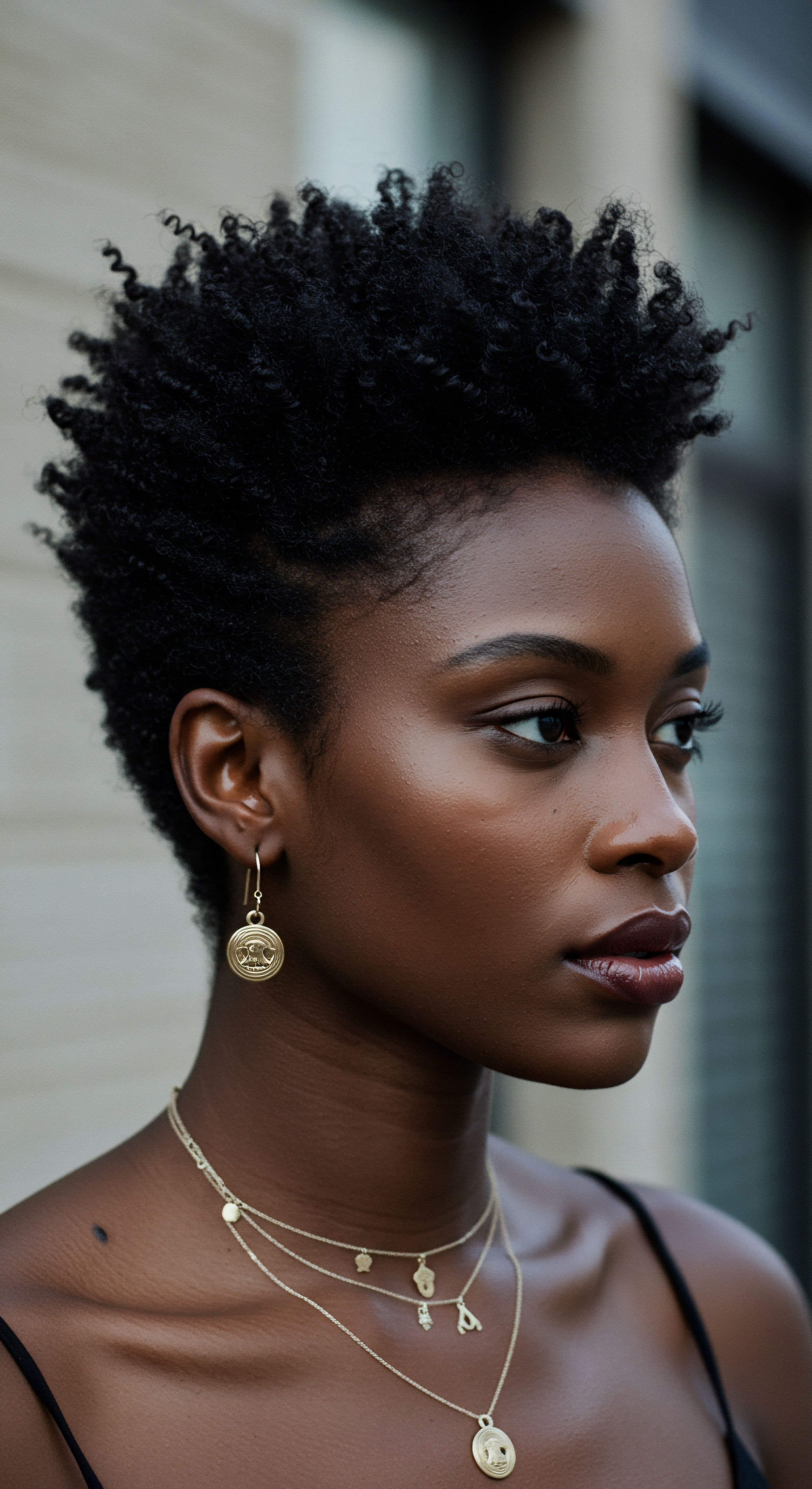
Fundamentals
The scalp, a delicate landscape often overlooked in the grand symphony of hair care, acts as the foundational soil from which our vibrant strands emerge. Within this living canvas, a silent, ceaseless battle unfolds, waged by invisible aggressors known as free radicals. These volatile molecules, born from metabolic processes, environmental pollutants, and even the sun’s warm touch, seek to destabilize healthy cells, leaving a trail of cellular damage. Here, the profound meaning of Scalp Antioxidants comes into gentle focus ❉ they are the benevolent protectors, the silent guardians standing vigilant against this microscopic onslaught.
In essence, scalp antioxidants represent a diverse array of compounds, both those our bodies naturally generate and those we introduce through thoughtful care and nourishment, designed to neutralize free radicals. Their fundamental purpose is to restore equilibrium, to calm the cellular storm, and to shield the intricate machinery of the hair follicles nestled within the scalp. This protection extends beyond mere defense; it is about preserving the very vitality of the scalp environment, ensuring it remains a fertile ground for robust hair growth.
Scalp antioxidants are protective compounds that neutralize harmful free radicals, preserving the scalp’s health and supporting vibrant hair growth.
For those with textured hair – a rich spectrum encompassing coils, curls, and waves often celebrated for their unique beauty and resilience – understanding this fundamental protection holds particular significance. The very structure of textured hair, with its distinct bends and curves, can sometimes render it more susceptible to dryness and breakage, conditions that may exacerbate the impact of oxidative stress on the scalp. Furthermore, certain styling practices, deeply rooted in cultural heritage, while enhancing aesthetic expression, can inadvertently create micro-environments on the scalp that necessitate enhanced antioxidant defense.
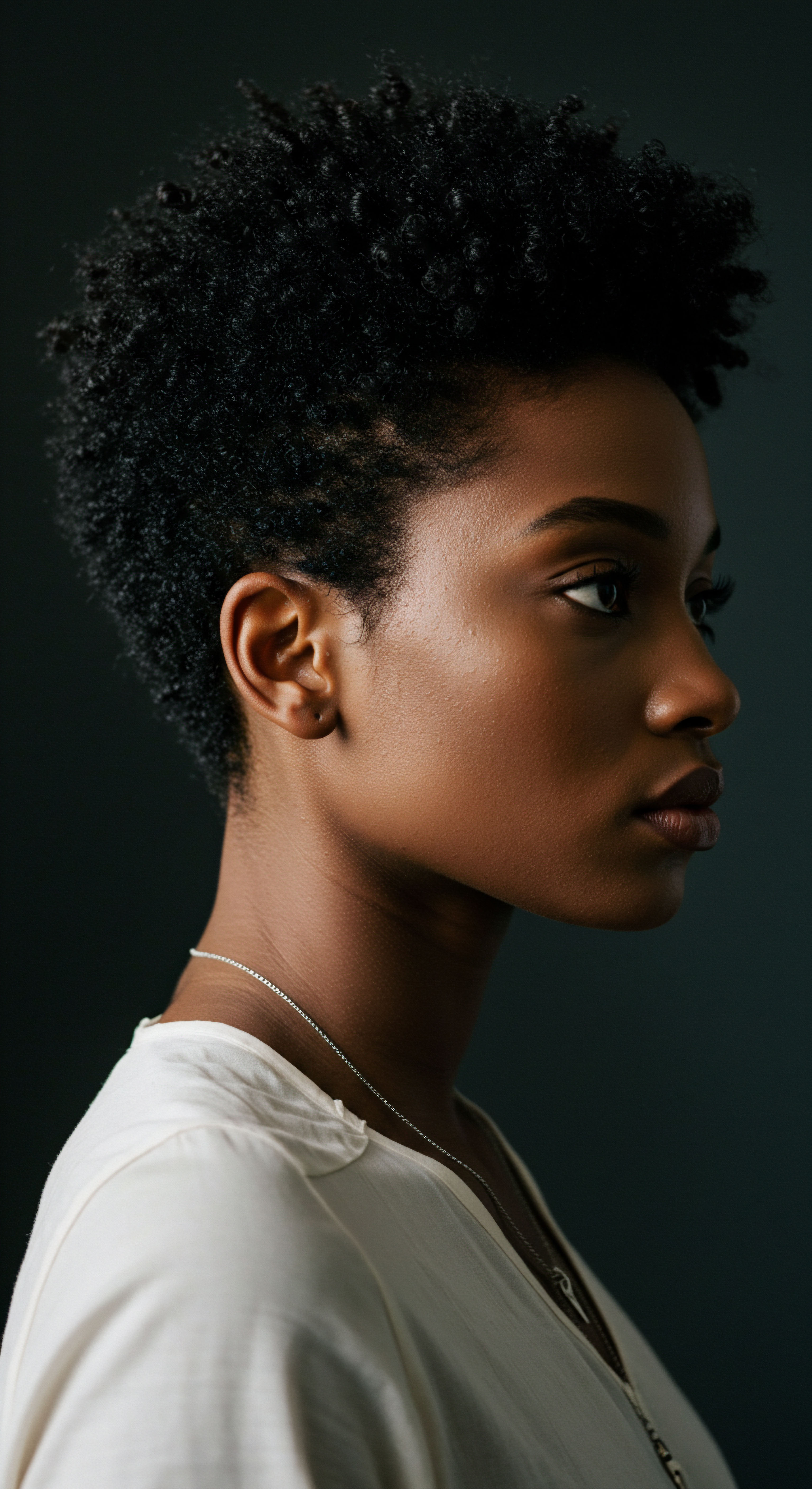
The Cellular Dance of Protection
At the heart of scalp antioxidant activity lies a sophisticated cellular dance. Free radicals, in their quest for stability, attempt to steal electrons from healthy cells, leading to a cascade of damage. Antioxidants, with their generous molecular structures, willingly donate an electron, thereby stabilizing the free radical without becoming unstable themselves.
This act of molecular altruism prevents a domino effect of cellular harm, safeguarding the integrity of the scalp’s skin barrier and the delicate cells within the hair follicles. This crucial protective action supports the continuous, cyclical regeneration of hair.
Consider the daily experiences of textured hair. Exposure to urban air, rich in particulate matter and polycyclic aromatic hydrocarbons, can settle on the scalp, generating reactive oxygen species (ROS). The sun’s ultraviolet rays, too, contribute to this oxidative burden, breaking down hair proteins and melanin.
Even routine cleansing, while essential, can, if not balanced, strip the scalp’s natural defenses. Scalp antioxidants, whether applied topically through shampoos and serums or absorbed systemically through diet, work to mitigate these external aggressors, offering a shield against the wear and tear of daily life.
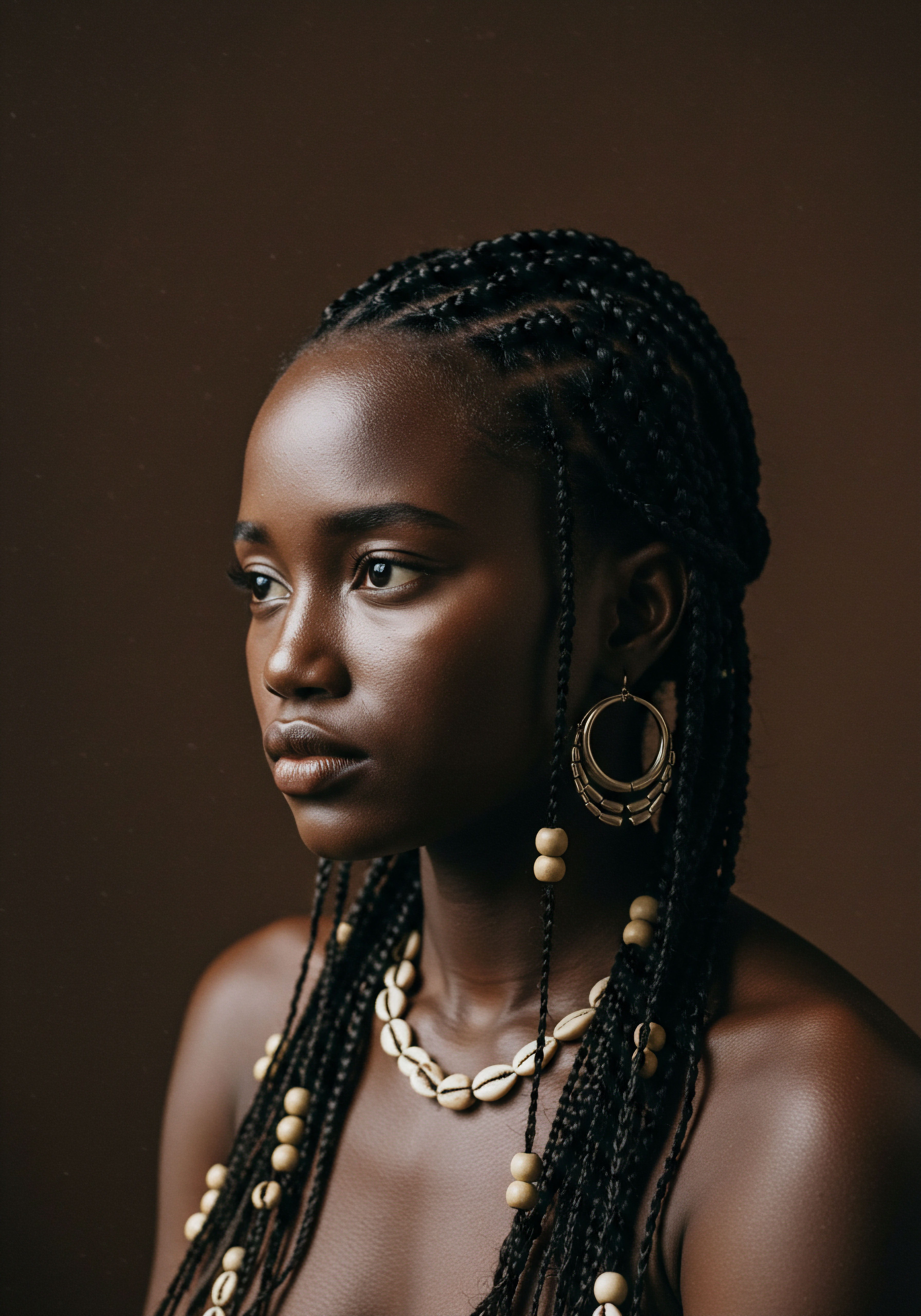
Environmental Aggressors and Scalp Resilience
The scalp, much like the skin on our face, constantly confronts environmental stressors. Air pollution, for instance, can lead to scalp irritation, itching, and even excessive sebum secretion, creating a sensitive scalp syndrome. This disruption can weaken hair at the root, making it more prone to breakage.
Antioxidants play a vital role in bolstering the scalp’s natural resilience, allowing it to better withstand these external pressures. They aid in maintaining a balanced microbiome, reducing inflammation, and ensuring the scalp remains a calm, nourishing space for hair to flourish.
This initial understanding forms the bedrock for a deeper exploration into how these remarkable compounds contribute to the overall health and enduring beauty of textured hair, honoring its unique requirements and cultural narratives.
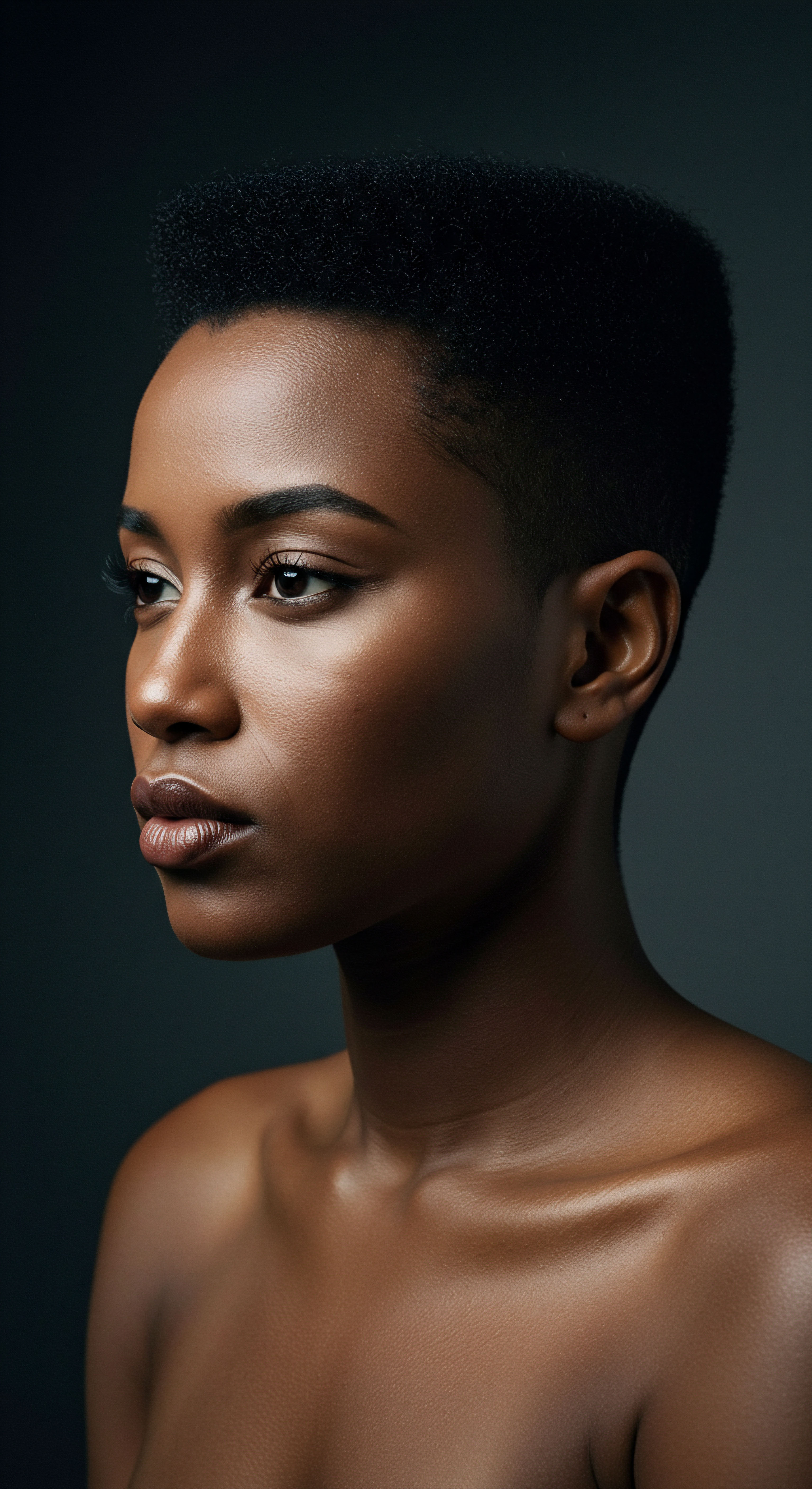
Intermediate
Stepping beyond the foundational understanding, the intermediate meaning of scalp antioxidants unveils their active participation in maintaining a thriving hair ecosystem. Here, the explanation extends to their various forms and the diverse ways they contribute to the vitality of the scalp, particularly within the context of textured hair. This section delves into the practical aspects of integrating these compounds into a care regimen, highlighting their significance in daily rituals.
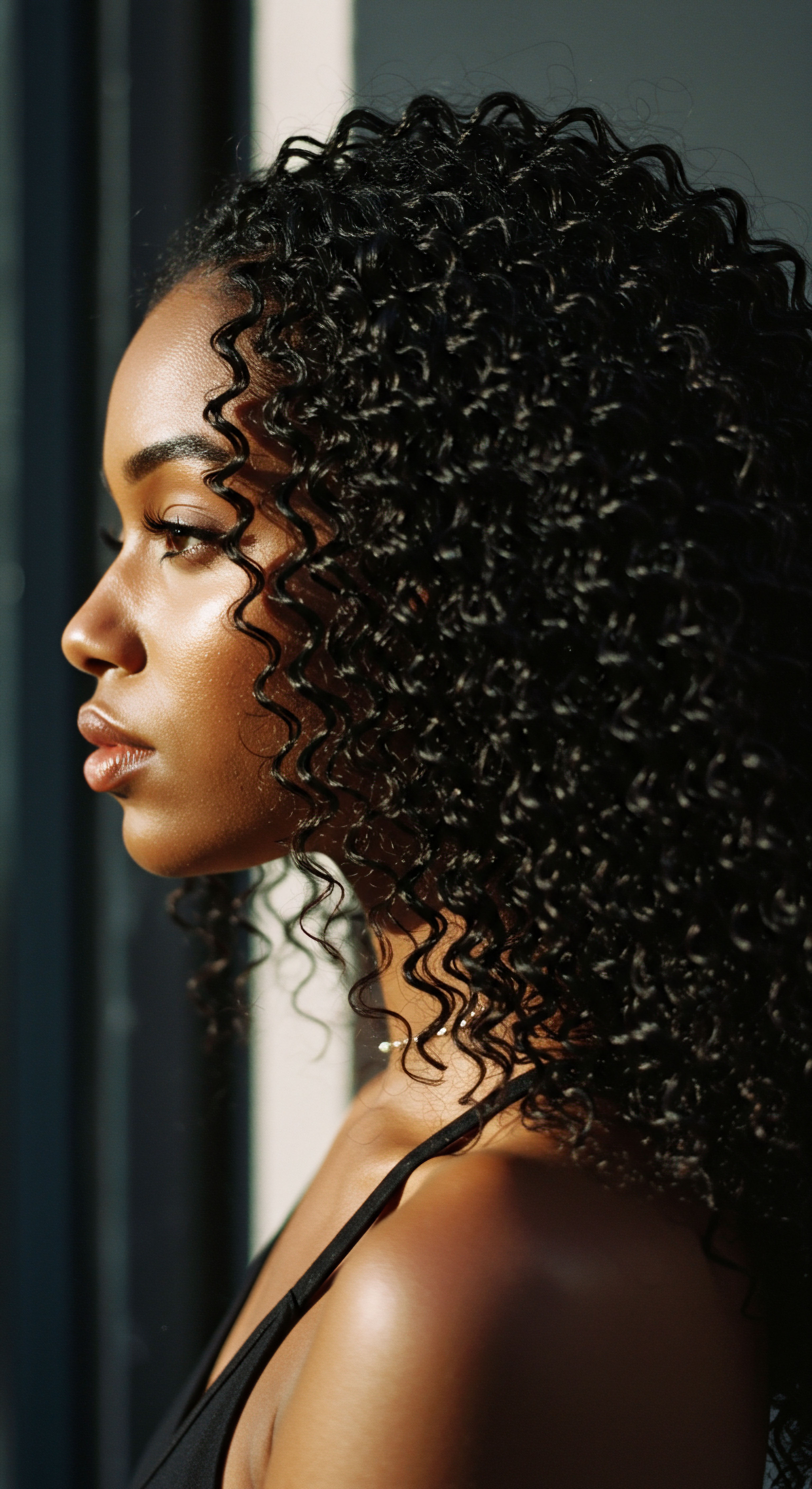
Types of Scalp Antioxidants and Their Contributions
Antioxidants are not a singular entity but a family of compounds, each bringing unique strengths to the scalp’s defense system. They can be broadly categorized into enzymatic and non-enzymatic forms. The body naturally produces enzymatic antioxidants, such as Superoxide Dismutase (SOD), Catalase (CAT), and Glutathione Peroxidase (GSH-Px), which act as internal cellular clean-up crews, rapidly converting harmful free radicals into less damaging molecules. Non-enzymatic antioxidants, conversely, are often sourced from our diet or topical applications, directly neutralizing free radicals by donating electrons.
- Vitamin C ❉ A potent water-soluble antioxidant, Vitamin C is indispensable for collagen production, a protein that provides structural support to hair follicles. It also aids in iron absorption, a mineral vital for hair growth, and possesses strong anti-inflammatory properties that can soothe irritated scalps.
- Vitamin E ❉ This oil-soluble vitamin is celebrated for its ability to protect cell membranes from oxidative damage. It improves scalp circulation, which is crucial for nutrient delivery to hair follicles, and helps to reduce the appearance of dryness and frizz, common concerns for textured hair.
- Polyphenols ❉ Found abundantly in botanicals like green tea and various berries, polyphenols are powerful plant-derived antioxidants. They shield the hair and scalp from ultraviolet damage, stimulate hair growth, and contribute to the overall health of the scalp microbiome.
- Niacinamide (Vitamin B3) ❉ This versatile compound enhances the scalp barrier, reduces inflammation, and improves moisture retention, all of which are essential for supporting healthy hair growth, particularly beneficial for sensitive or irritated scalps.
- Zinc ❉ A mineral that plays a significant role in protein synthesis and cell division, both of which are crucial for hair growth. A deficiency in zinc can lead to hair loss and various scalp issues.

Antioxidants in Textured Hair Care Rituals
The daily and weekly rituals surrounding textured hair care often involve practices designed to nourish, protect, and define unique curl patterns. Integrating scalp antioxidants into these routines can significantly amplify their protective benefits. From gentle cleansing to deep conditioning and styling, each step presents an opportunity to infuse the scalp with these fortifying compounds.
Consider the cleansing process ❉ choosing shampoos infused with antioxidants can help to mitigate the impact of environmental pollutants that settle on the scalp. For many with textured hair, infrequent shampooing is a common practice to preserve moisture. In such instances, the scalp can accumulate sebum, product residue, and environmental particulates, potentially increasing oxidative stress. Incorporating a clarifying shampoo with antioxidant properties every few weeks can help reset the scalp environment without stripping essential moisture.
Conditioners and leave-in treatments, which are staples for hydrating and detangling textured hair, also serve as excellent vehicles for delivering antioxidants. These products remain on the hair and scalp for extended periods, allowing for sustained absorption of beneficial compounds. Serums and scalp treatments, specifically formulated with a concentrated blend of antioxidants, can target the scalp directly, offering intensive protection and nourishment.
Topical application of antioxidants through shampoos, conditioners, and serums provides a direct route for protecting the scalp from environmental damage.
The significance of antioxidants in scalp health for textured hair extends to mitigating concerns like dryness, itching, and inflammation, which are frequently reported within the Black and mixed-race hair communities. These conditions can be exacerbated by environmental factors and certain styling techniques. By reducing oxidative stress and inflammation, antioxidants help foster a more balanced and comfortable scalp, allowing the hair follicles to function optimally and support healthy, resilient strands.
This deeper understanding of specific antioxidant types and their integration into care routines provides a more informed approach to nurturing textured hair, moving beyond surface-level aesthetics to foundational scalp wellness.

Advanced
The advanced interpretation of scalp antioxidants transcends a mere definitional understanding, offering a sophisticated delineation of their critical role within the complex biological and environmental interplay affecting hair health, particularly for textured, Black, and mixed-race hair. This explication delves into the molecular mechanisms, long-term implications, and the nuanced intersection of genetics, cultural practices, and external stressors that elevate the significance of these protective agents.
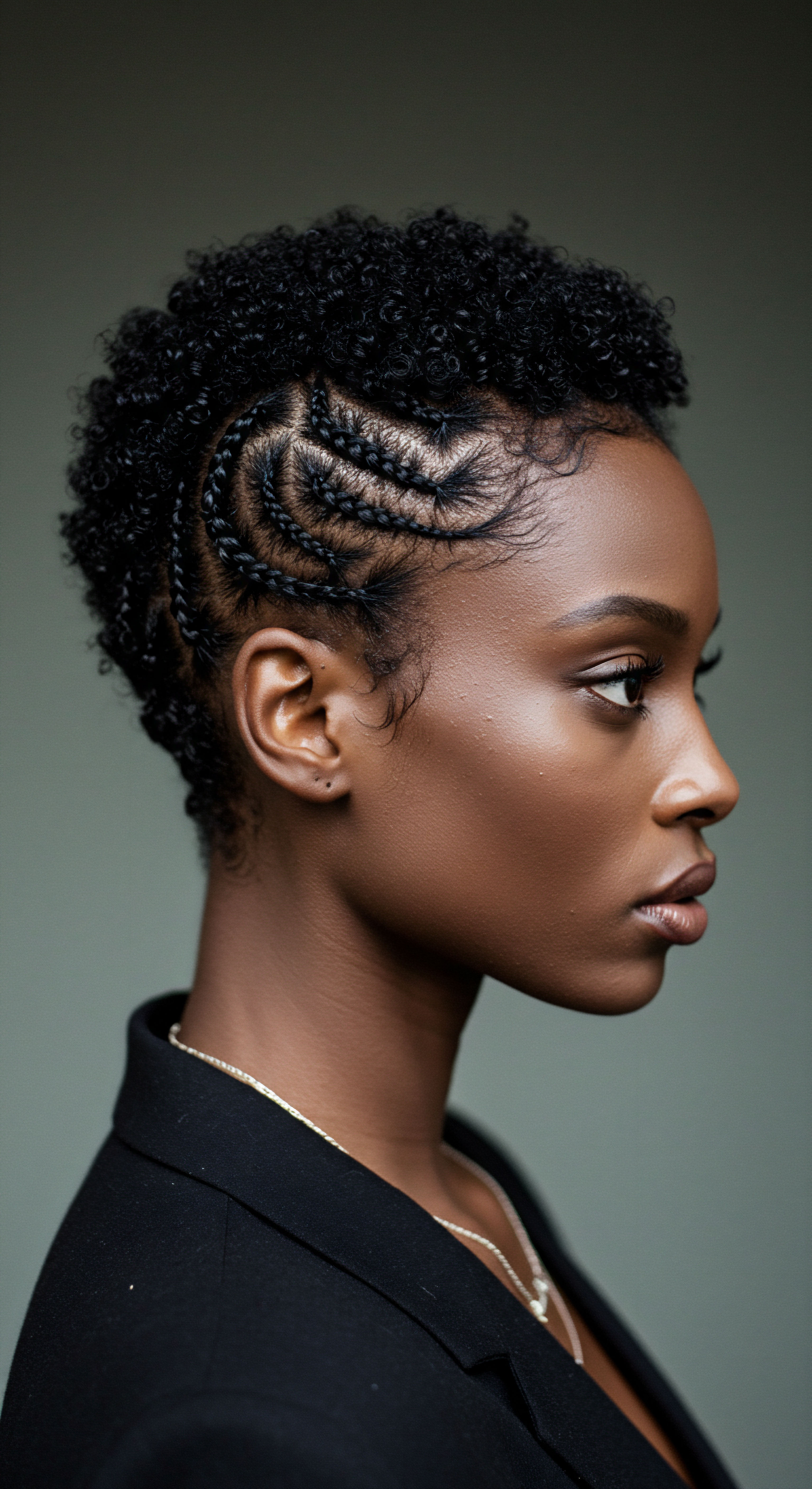
Defining Scalp Antioxidants ❉ A Compound Explication
Scalp antioxidants, at their most sophisticated meaning, are not merely substances that neutralize free radicals; they represent a multifaceted bio-protective system. This system encompasses both endogenous enzymatic defenses, such as Superoxide Dismutase and Catalase, which orchestrate the dismutation of reactive oxygen species (ROS) into less harmful molecules, and a constellation of exogenous non-enzymatic compounds, including various vitamins (A, C, E), polyphenols, and minerals (zinc, selenium). Their collective purpose is to maintain redox homeostasis within the scalp’s intricate cellular architecture, particularly within the dermal papilla and hair follicle stem cells, thereby safeguarding cellular integrity, mitigating inflammatory cascades, and preserving the hair growth cycle from premature senescence and pathological alterations. This dynamic defense mechanism is indispensable for countering the continuous oxidative burden imposed by both intrinsic metabolic processes and extrinsic environmental insults, such as UV radiation, particulate matter, and the chemical byproducts of certain hair care practices.
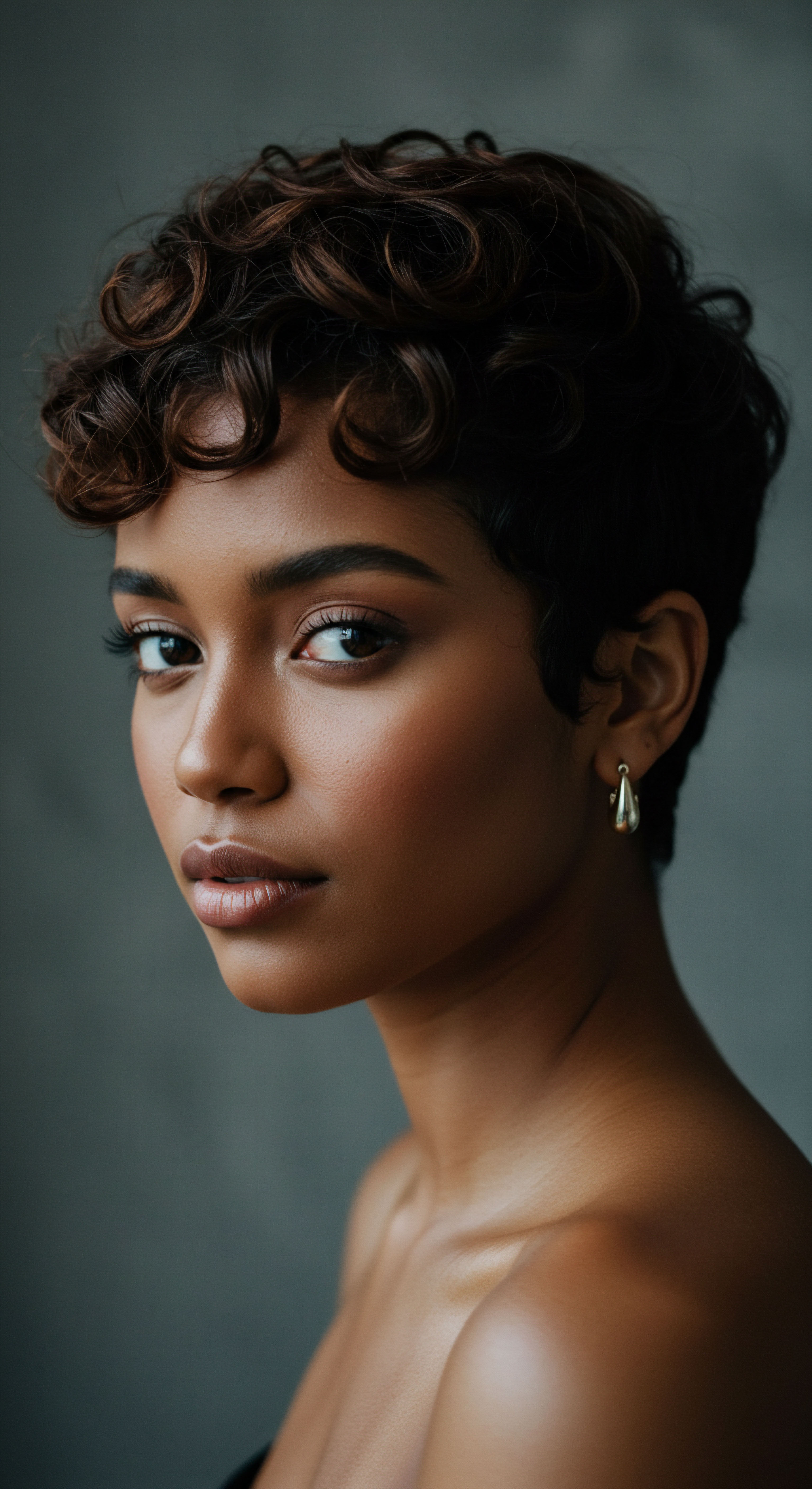
The Molecular Underpinnings of Oxidative Stress and Textured Hair Vulnerability
Oxidative stress, characterized by an imbalance between the production of reactive oxygen species (ROS) and the body’s ability to detoxify them, is a recognized contributor to various forms of alopecia and hair aging. In the context of textured hair, specific physiological and historical factors introduce unique vulnerabilities. The helical structure of Afro-textured hair, while aesthetically striking, can lead to points of mechanical weakness and increased susceptibility to breakage, especially when subjected to repetitive styling or chemical treatments. This inherent fragility, combined with common practices like infrequent washing to retain moisture, can create an environment where sebum, product residue, and environmental pollutants accumulate, fostering a pro-oxidant and pro-inflammatory milieu on the scalp.
Consider the profound impact of Central Centrifugal Cicatricial Alopecia (CCCA), a primary scarring alopecia predominantly affecting Black women. While its exact etiology remains multifactorial, encompassing genetic predisposition and various hair care practices, research points to inflammation and oxidative stress as significant contributors to the progressive destruction of hair follicles and subsequent scarring. Studies have indicated that the follicular environment in CCCA patients exhibits heightened oxidative stress markers, suggesting a compromised antioxidant defense system in these individuals. This presents a compelling, albeit often overlooked, aspect of scalp health in textured hair communities ❉ the chronic, low-grade inflammation and oxidative damage stemming from specific hair care practices or environmental exposures can profoundly alter follicular biology, leading to irreversible hair loss.
One compelling, and perhaps controversial, insight arises from the observation that certain traditional styling methods, while culturally significant and protective against daily manipulation, can inadvertently contribute to localized scalp stress. For instance, tightly pulled styles, such as braids or weaves, if maintained for extended periods without adequate scalp cleansing, can lead to the accumulation of irritants and microbes, thereby promoting inflammation and oxidative stress. This prolonged inflammatory state can exhaust the scalp’s natural antioxidant reserves, rendering follicles more susceptible to damage and premature entry into the resting (telogen) phase, or even permanent scarring.
A study published in the International Journal of Cosmetic Science, while not specific to textured hair, demonstrated that scalp application of a combination of functional antioxidants and barrier-enhancing agents significantly improved scalp condition and reduced hair shedding in a 24-week randomized, double-blind, placebo-controlled clinical trial. This underscores the tangible benefit of fortifying the scalp’s antioxidant defenses, a finding that carries even greater weight when considering the unique challenges faced by textured hair.
Oxidative stress, exacerbated by environmental factors and certain styling practices, significantly contributes to hair follicle damage and conditions like Central Centrifugal Cicatricial Alopecia in textured hair.
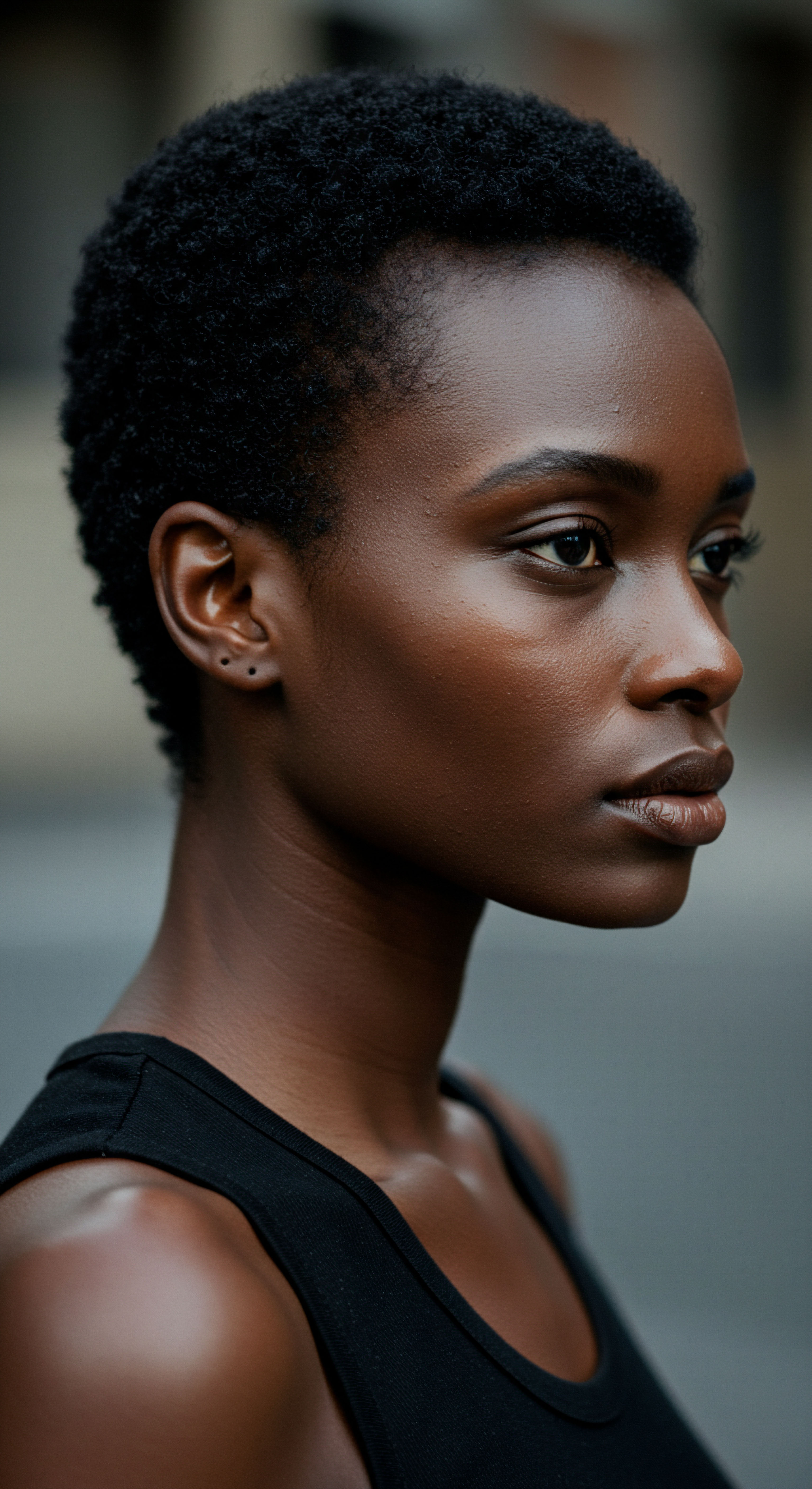
The Interplay of Lifestyle, Genetics, and Scalp Antioxidant Needs
The long-term success of scalp antioxidant interventions for textured hair lies in a holistic perspective, acknowledging the interplay of genetics, lifestyle, and culturally informed hair care. Individuals with a genetic predisposition to inflammatory scalp conditions or specific forms of alopecia may have a heightened need for robust antioxidant support. Dietary intake of antioxidant-rich foods – vibrant berries, leafy greens, and omega-3 fatty acids – forms a foundational layer of systemic defense, providing the body with the raw materials to combat oxidative stress from within.
Furthermore, the choice of hair products and styling techniques directly impacts the scalp’s oxidative burden. Formulations designed with gentle surfactants and infused with stable, bioavailable antioxidants can significantly reduce irritation and support barrier function. The emphasis shifts from merely treating symptoms to fostering a resilient scalp microbiome and a robust cellular defense system that can withstand daily aggressors.
The business and expert perspective here revolves around the development of targeted, culturally sensitive scalp care solutions. This necessitates rigorous research into the specific oxidative stressors impacting textured hair and the efficacy of various antioxidant compounds in mitigating these effects. It involves formulating products that not only deliver powerful antioxidant protection but also align with traditional hair care practices, ensuring both scientific validity and cultural relevance.
The long-term success insights point to consumer education that empowers individuals to make informed choices, recognizing that a healthy scalp is the silent, yet most influential, partner in a vibrant hair journey. This deep, comprehensive explication of scalp antioxidants reveals their profound significance as integral components of holistic hair wellness, particularly for the diverse and often underserved textured hair community.
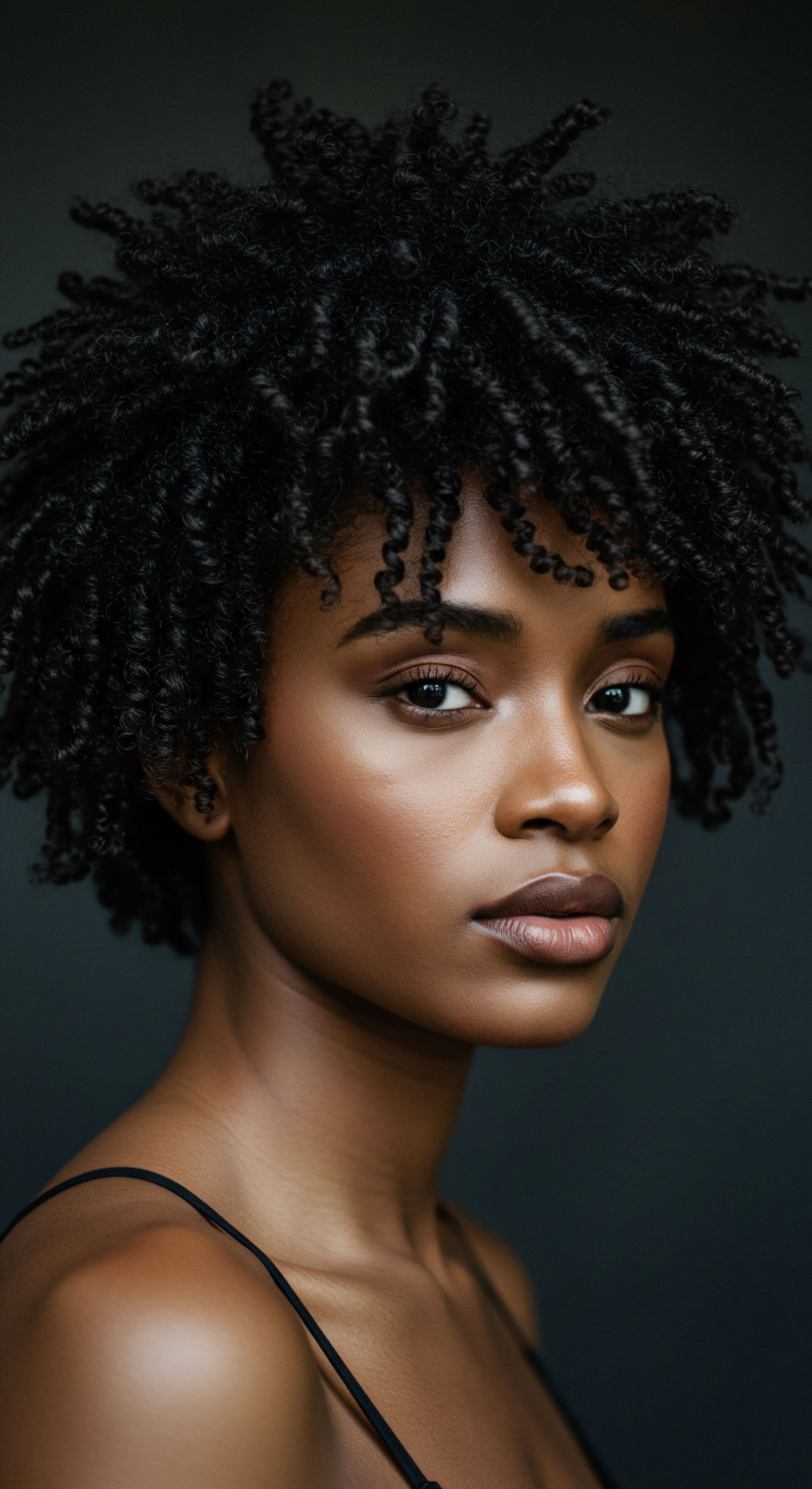
Reflection
As we draw our exploration of scalp antioxidants to a close, a serene truth settles ❉ the health of our hair, particularly our treasured textured strands, is inextricably linked to the unseen world beneath. It is a world of cellular dances, environmental whispers, and the quiet strength of protective compounds. This journey through the scientific and cultural landscapes of scalp wellness reminds us that true beauty emanates from a place of deep care, a gentle wisdom that honors both the biological intricacies and the rich heritage woven into every coil and curl.
Understanding scalp antioxidants is not about chasing fleeting trends; it is about cultivating a lasting relationship with our bodies, listening to the subtle cues our scalp offers, and providing it with the nourishment and protection it deserves. It is a quiet act of self-reverence, acknowledging that the vibrant expression of our hair is a reflection of the vitality within.
May this understanding serve as a guiding light, empowering each individual with textured hair to approach their care rituals with renewed purpose, recognizing that every thoughtful choice contributes to a legacy of strength, resilience, and radiant well-being.
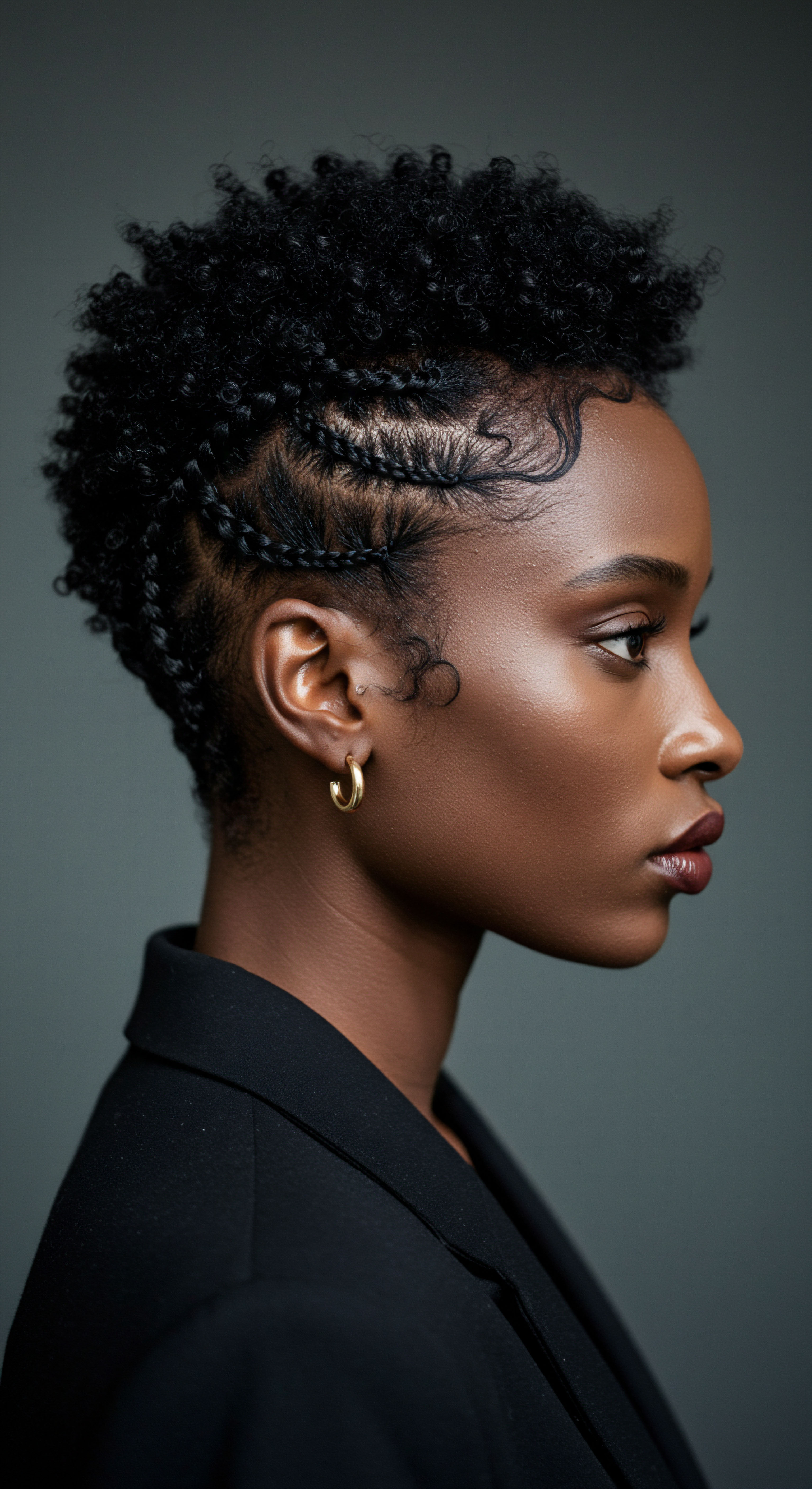
References
- Trüeb, R. M. (2009). Oxidative stress in ageing of hair. International Journal of Trichology, 1(1), 6–14.
- Trüeb, R. M. Henry, J. P. Davis, M. G. & Schwartz, J. R. (2018). Scalp Condition Impacts Hair Growth and Retention via Oxidative Stress. International Journal of Trichology, 10(6), 262–270.
- Davis, M. G. Piliang, M. P. Bergfeld, W. F. Caterino, T. L. Fisher, B. K. Sacha, J. P. & Schwartz, J. R. (2021). Scalp application of antioxidants improves scalp condition and reduces hair shedding in a 24‐week randomized, double‐blind, placebo‐controlled clinical trial. International Journal of Cosmetic Science, 43(S1), S10-S17.
- Davis, M. G. & Schwartz, J. R. (2021). Scalp application of the antioxidant piroctone olamine reduces hair shedding in an 8‐week randomized, double‐blind, placebo‐controlled clinical study. International Journal of Cosmetic Science, 43(S1), S18-S24.
- Callender, V. D. McMichael, A. J. & Cohen, G. F. (2004). Medical and surgical therapies for alopecias in black women. Dermatologic Therapy, 17(2), 164-176.
- Quinn, C. R. Quinn, T. M. & Kelly, A. P. (2003). Hair care practices in African American women. Cutis, 72(4), 280-282, 285-289.
- Rucker-Wright, M. L. (2009). Scalp disorders and hair care practices among African American girls. Journal of the National Medical Association, 101(11), 1163-1167.
- McMichael, A. J. (2003). Hair and scalp disorders in ethnic populations. Dermatologic Clinics, 21(4), 629-644.
- Almohanna, H. M. Ahmed, A. A. Tsatalis, J. P. & Tosti, A. (2019). The role of vitamins and minerals in hair loss ❉ a review. Dermatology and Therapy, 9(1), 51-70.
- Trueb, R. M. (2015). Oxidative stress and its impact on hair. Trichology in the 21st Century, 201-210.